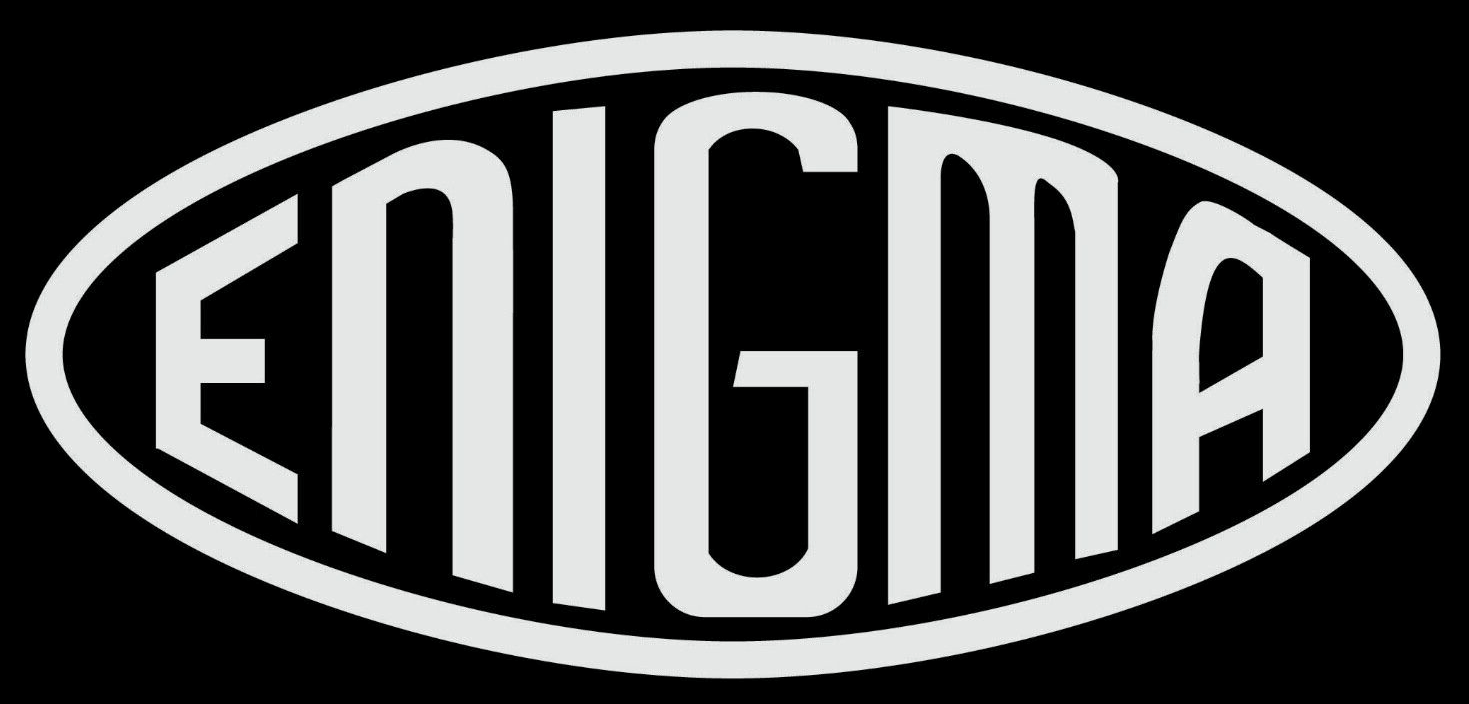The First Computer
ENIAC
www.hp.com
What Was the ENIAC?
The ENIAC, or Electronic Numerical Integrator and Computer, was the result of a U.S. government-funded project during
World War II to build an electronic computer that could be programmed. The project was based out of the University of
Pennsylvania's Moore School of Engineering. The design team included engineer J. Presper Eckert Jr. and physicist John
Mauchly under the leadership of Herman Goldstine. The team began work on the project in 1943. John von Neumann, a noted
mathematician of the day, began consulting on the project in 1944.
How Did the ENIAC Work?
Unlike the computers of the present day, the ENIAC was designed with one specific goal. It was programmed to compute the
values of artillery range tables. Plugboards were used to relay instructions to the machine, which could then do the
computations at high speed. This was a major time-saver compared to other computers of the era, which used punchcard
readers or other mechanical devices that slowed the machines down. Unfortunately, the drawback to the plugboards was
that each time the programmers wanted the computer to work on a new problem, it had to be shut down for days so that the
wires plugged into the plugboard could be reconfigured.
Even with that drawback, the ENIAC was still the most powerful computer of its time. It is considered the first general
electronic digital computer that was programmable. It was designed to use conditional branching; this means that like
the Analytical Engine designed by Charles Babbage or the British computer Colossus (also built during World War II), it
could be given instructions to take different actions depending on the value of one data point. This made ENIAC a
flexible machine. Even though it was designed to calculate artillery range tables, it was possible to reprogram the
machine for many other uses.
Facts and Figures About the ENIAC
The ENIAC was a huge machine, taking up a 1,500-square-foot room at the Moore School. The machine was made up of 40
panels arranged in a U-shape along three of the room's walls. Along with the panels, which were each 8 feet high, 2 feet
wide, and 2 feet deep, the machine included 70,000 resistors, 17,000 vacuum tubes, 10,000 capacitors, 1,500 relays, and
6,000 switches. ENIAC ran constantly to extend the life of its vacuum tubes, and it generated large amounts of heat. The
room had to have its own air conditioning system to keep the computer from overheating.
The machine was completed in February 1946 at a total cost of about $400,000. Its purpose was to help the United States
win World War II, but the war ended before the machine was finished. Instead, its first job was doing calculations to
help with building hydrogen bombs.
